Picture this: you enjoy a cozy evening by candlelight, and then disaster strikes. A drop of wax lands on your favorite tablecloth, shirt, or upholstery.
Accidents happen, and a spilled candle or a dropped wax seal can leave unsightly wax stains on your favorite fabric items. Don’t fret! With the right approach, you can bid farewell to those stubborn wax marks without damaging the fabric.
Whether it’s a cherished tablecloth, a beautiful piece of clothing, or your upholstery, this guide will walk you through the process of how to get wax out of fabric.
Wax removal might seem daunting, but armed with simple household items and patience, you can restore your fabric to its former glory.
We’ll cover different techniques, from freezing to heat application, tailored to various fabric types. Read on to discover the secrets of successful wax stain removal!
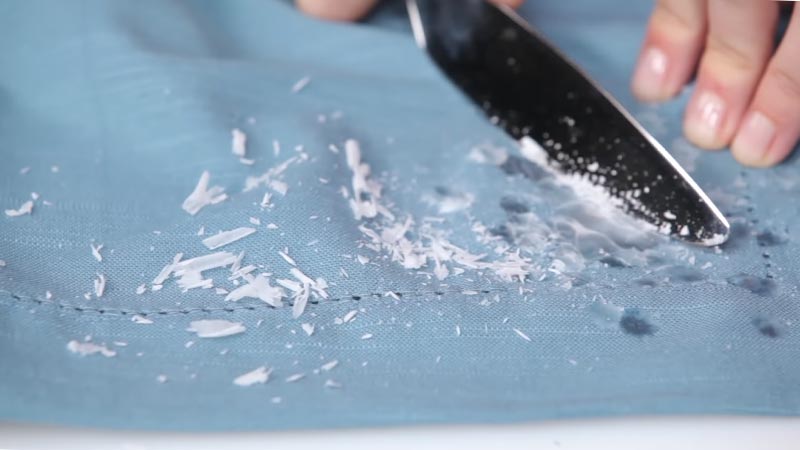
How to Get Wax Out of Fabric?
Wax stains on fabric may seem challenging, but with the right techniques and a bit of patience, you can make those unsightly marks disappear. We’ll explore multiple methods suitable for various fabric types, from freezing to heat application.
Method 1: Freezing the Wax
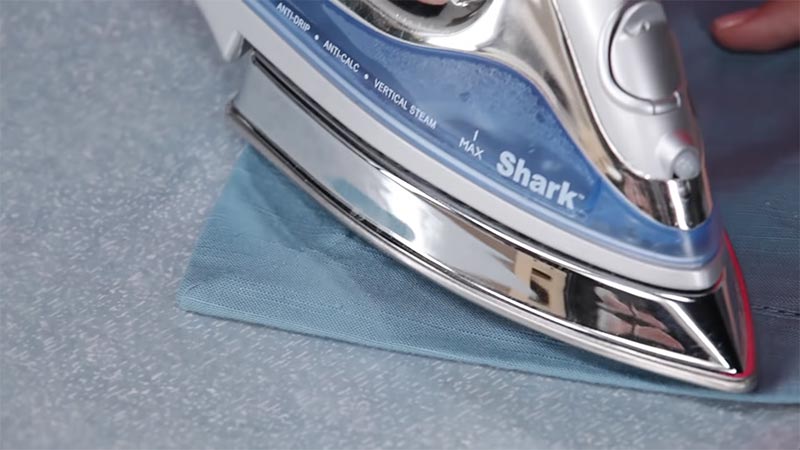
Place ice cubes in a plastic bag. Gently press the bag onto the wax stain, allowing the wax to freeze and harden (approximately 10-15 minutes). Once the wax is firm, carefully scrape it off with a butter knife or spoon.
Be gentle to avoid damaging the fabric. Repeat the process if any wax residue remains until it’s completely removed.
Method 2: Heat-Based Wax Removal
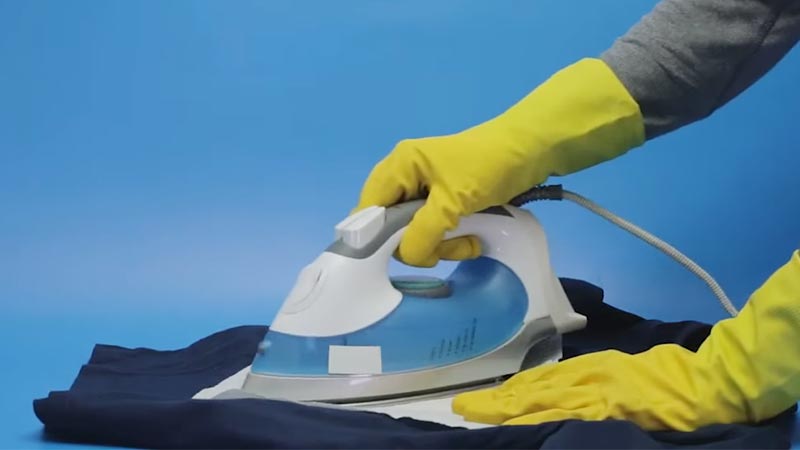
Plug in the iron and set it to a low heat setting (without steam). Cover the wax stain with brown paper or several layers of paper towels.
Place the iron over the paper-covered wax stain. The heat will cause the wax to melt and transfer onto the paper.
Replace the paper towels or brown paper as needed to absorb the melted wax. Continue this process until no more wax transfers onto the paper.
Method 3: Absorbent Material Technique
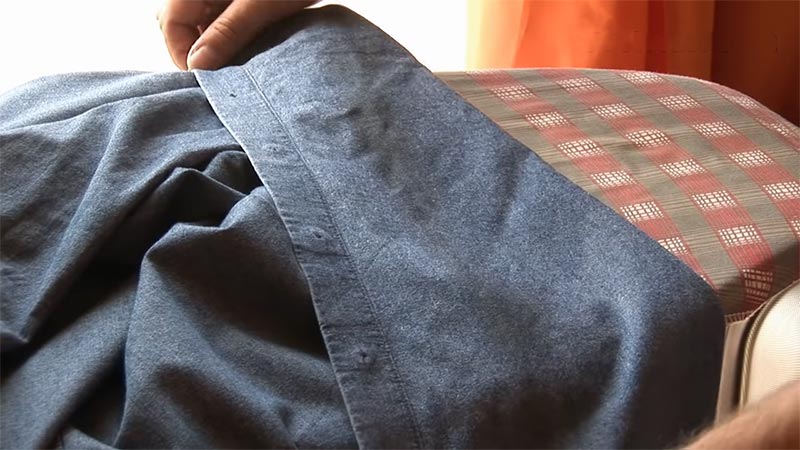
Sprinkle baking soda or cornstarch directly onto the wax stain. Gently press the powder onto the wax using a clean cloth or paper towel.
Allow the absorbent material to sit on the stain for at least 10-15 minutes. Brush away the powder and any lifted wax residue with a soft brush or cloth.
Method 4: Dishwashing Detergent and Washing Machine
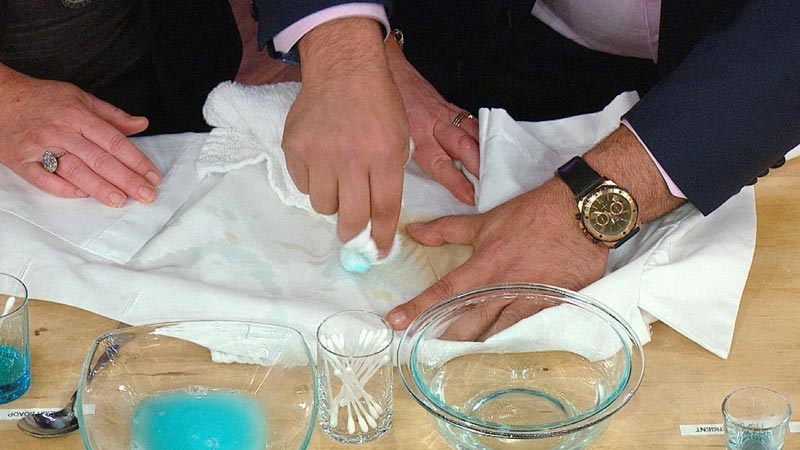
Scrape off as much wax as possible using the freezing or heat-based methods described above. Mix a small amount of mild dishwashing detergent with cold water. Dab the stained area with the detergent solution using a clean cloth or sponge.
Rinse the fabric with cold water to remove the detergent. If the fabric is machine-washable, launder it according to the care instructions, preferably using cold water.
Check the fabric after washing to ensure the wax stain is completely gone before drying it. Heat can set stains permanently.
Tips for Success
Always perform a spot test on an inconspicuous area of the fabric to ensure that the method you choose won’t cause damage or discoloration.
Be patient and avoid using excessive force when scraping or applying heat to prevent fabric damage.
For delicate or valuable fabrics, consider seeking professional cleaning services. Never use a high heat setting on the iron or hot water for washing, as it can set wax stains permanently.
Materials You’ll Need
Certainly, here’s a table listing the materials needed to remove wax from fabric:
| Material | Description |
| Ice Cubes | Used to harden the wax. |
| Butter Knife | To gently scrape off hardened wax. |
| Brown Paper Bag | Helps absorb melted wax from fabric. |
| Iron | Optional: to treat any remaining stain. |
| Blotting Paper or Paper Towels | To absorb melted wax. |
| Stain Remover | Optional for stubborn stains. |
| Laundry Detergent | For washing the fabric after wax removal. |
| Stain Pre-Treatment | Optional, for stubborn stains. |
| Spoon or Spatula | An alternative for wax removal. |
| Hot Water | Used in combination with laundry detergent. |
These materials should help you effectively remove wax from fabric. Remember that the specific fabric and the type of wax may require variations in the removal process.
How to Remove Candle Wax from Carpet and Upholstery?
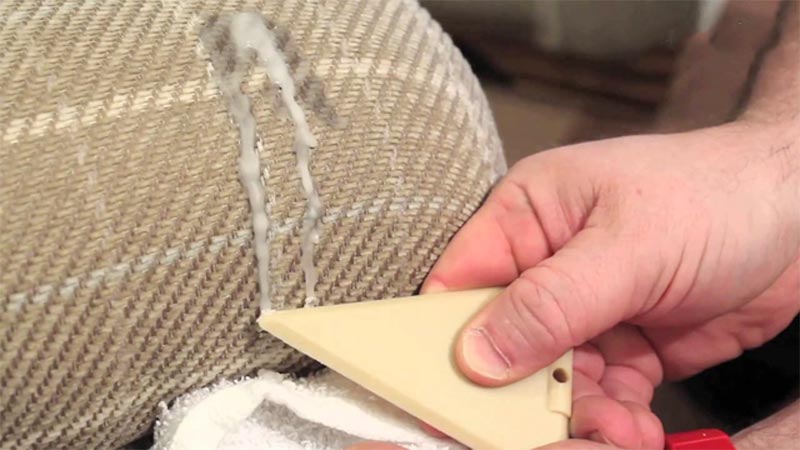
Fortunately, there’s an effective method for tackling candle wax on fabric: the steaming method. Steam cleaning is a safe and efficient way to remove candle wax without damaging your carpet or upholstery.
Here’s the step-by-step process of using the steaming method to say goodbye to candle wax stains for good.
Materials You’ll Need
Rent or purchase a steam cleaner suitable for home use. Ice cubes to freeze the wax. Use a plastic bag to encase the wax for freezing.
Use a butter knife or spoon to scrape away frozen wax gently. Brown paper or paper towels to protect the fabric during heat application.
For Carpet
Step 1: Freeze the Wax
Fill a plastic bag with ice cubes. Place the ice-filled bag directly on the wax stain on the carpet. Allow it to sit for about 10-15 minutes until the wax hardens. Once the wax is frozen, carefully scrape it off with a butter knife or spoon.
Be gentle to avoid damaging the carpet fibers. Repeat the freezing and scraping process if any residue remains until the wax is entirely removed.
Step 2: Prepare the Steam Cleaner
Fill the steam cleaner with water according to the manufacturer’s instructions. Plug in the steam cleaner and allow it to heat up. Most steam cleaners have a heating time of around 5-10 minutes.
Step 3: Steam Clean the Carpet
Hold the steam cleaner wand over the area where the wax was removed. The high-temperature steam will help lift any remaining wax residue. Slowly move the steam cleaner wand back and forth, overlapping the strokes slightly.
Continue this process until the wax stain and any remaining residue are gone. Be patient, as it may take several passes. Allow the carpet to dry completely. You can speed up the drying process by opening windows or using fans.
For Upholstery
Step 1: Freeze the Wax
Fill a plastic bag with ice cubes. Place the ice-filled bag directly on the wax stain on the upholstery. Allow it to sit for about 10-15 minutes until the wax hardens. Once the wax is frozen, carefully scrape it off with a butter knife or spoon.
Be extremely gentle to avoid damaging the fabric. Repeat the freezing and scraping process if any residue remains until the wax is entirely removed.
Step 2: Prepare the Steam Cleaner
Fill the steam cleaner with water according to the manufacturer’s instructions. Plug in the steam cleaner and allow it to heat up. Most steam cleaners have a heating time of around 5-10 minutes. Upholstery is often more delicate than carpet, so use extra caution.
Step 3: Steam Clean the Upholstery
Test the steam cleaner on an inconspicuous upholstery area to ensure it won’t cause damage or discoloration.
If the test is successful, hold the steam cleaner wand over the area where the wax was removed. Keep the wand safe from the fabric to prevent direct contact.
Slowly move the steam cleaner wand back and forth, overlapping the strokes slightly. Ensure you don’t saturate the fabric with too much steam. Continue this process until the wax stain and any remaining residue are gone.
Be patient, as it may take several passes. Allow the upholstery to dry completely. You can speed up the drying process by using fans or opening windows.
General Tips
Always follow the manufacturer’s instructions for your specific steam cleaner model. Exercise caution and avoid using excessive force when scraping or using the steam cleaner to prevent damage to carpet fibers or upholstery fabric.
For valuable or delicate upholstery, consider consulting a professional cleaner. Be patient and persistent; it may take multiple attempts to remove the wax stain completely.
Steaming is a powerful and safe way to remove candle wax from carpet and upholstery. By following the step-by-step instructions outlined in this guide and exercising caution, you can effectively eliminate wax stains and restore your surfaces to their pristine condition.
FAQs
Can I use a hairdryer instead of a steam cleaner to remove candle wax from upholstery?
While a hairdryer can soften wax, it’s not the best choice for removing it from upholstery. The heat from a hairdryer can potentially spread the wax further into the fabric.
Is it safe to use the steaming method on delicate or antique upholstery?
Using the steaming method on delicate or antique upholstery should be cautiously approached. Always perform a spot test on an inconspicuous area first to ensure that the steam doesn’t cause any damage or discoloration.
What should I do if the wax stain on my carpet or upholstery has colored dye in it?
If the wax stain contains colored dye, the removal process may be more challenging. In such cases, being gentle and avoiding spreading the dye further is crucial. Consider using a specialized stain remover that is safe for your specific type of fabric or carpet.
Can I use a steam mop to remove candle wax from my carpet or upholstery?
Steam mops are designed for hard flooring and are unsuitable for removing wax from carpet or upholstery. The high heat and moisture can damage these surfaces. Stick to a purpose-built steam cleaner designed for fabric surfaces to ensure effective and safe wax removal.
How can I prevent future candle wax spills on my carpet or upholstery?
Consider these tips to avoid future candle wax spills: Use candle holders or trays to catch drips and spills. Keep candles away from high-traffic areas that are more likely to be bumped or knocked over.
Conclusion
Conquering wax stains on fabric doesn’t have to be a daunting task. Armed with the knowledge and methods outlined in this guide, you can confidently tackle wax spills and mishaps, rescuing your cherished fabric items from unsightly blemishes.
Remember the key steps: freezing to harden the wax, gently scraping it away, and then applying heat to lift the residue.
Always exercise caution, especially with delicate fabrics, and perform a spot test when using any cleaning agents. With a little patience and care, you can make wax stains a thing of the past.
Now that you’re equipped with this valuable information, you can enjoy your fabric items without worrying about wax-related mishaps.
Keep this guide handy, share it with friends and family, and be the hero who can save the day when waxing strikes! Your fabrics will thank you for it.
Leave a Reply